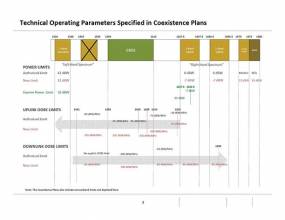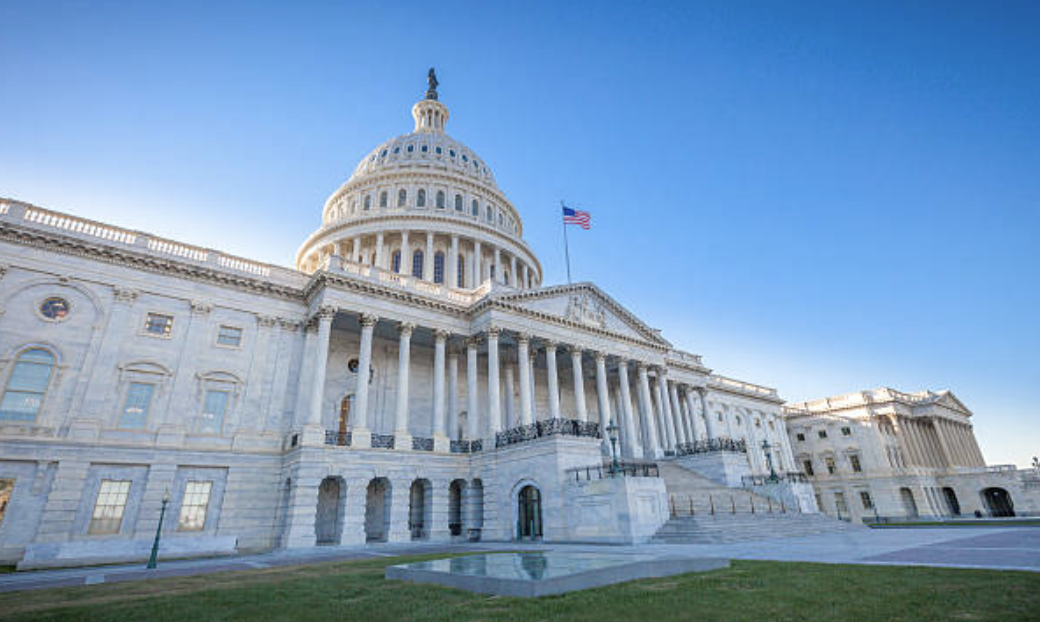An independent technical review ordered by the federal government’s top GPS policy body found that there is sufficient data to assess the risk of using frequencies near the GPS band for a ground-based communications network. Existing test results can also be used to set power limits for other similarly located projects, said a panel of technical specialists. Two tests sponsored by Ligado Networks, however, did not meet minimum criteria for inclusion, the panel said.
The results of the analysis, said one satellite industry expert, may impact the plans of Ligado Networks, which is proposing to repurpose satellite frequencies near GPS to also support terrestrial telecom services. The firm wants to build custom networks for industrial infrastructure operations like power grids, and provide connectivity as well as GPS augmentation for drones and driverless cars.
Ordering the analysis was the National Executive Committee for Space-Based Positioning, Navigation, and Timing (PNT EXCOM), which was created in 2004 by the George W. Bush administration to help coordinate federal navigation and timing efforts. The EXCOM asked its technical advisors — the National Space-Based PNT Systems Engineering Forum (NPEF) — to assess the methodologies used in five tests looking at interference issues raised by having a terrestrial LTE network operating in the frequencies neighboring the GPS L1 signal. A firm called LightSquared first proposed such a system in 2010, asking the FCC to allow it to rezone its satellite frequencies to support a high-powered terrestrial network. Tests at the time showed such a network would overload the vast majority of GPS receivers and the Federal Communications Commission (FCC) then set the idea aside.
Specifically, the EXCOM directed its technical panel to both assess the approach taken during five different tests and identify any unanswered questions or untested conditions that would hinder the GPS community from determining the “maximum aggregate power level of out-of-band transmissions to ensure that the existing and evolving uses of space-based PNT services are not affected.” Importantly the NPEF was told to base its work on the recommendations of the Space-Based PNT Advisory Board (PNTAB), a group comprising some of the world’s top GPS experts that advises the EXCOM.
Like the EXCOM the NPEF it is co-chaired by the Departments of Defense and Transportation and draws its members from a wide swath of federal agencies (see the list below) plus other federal organizations and invited experts deemed appropriate by the co-chairs.
NPEF Member Agencies
— Department of State
— Department of Commerce
— Department of Homeland Security
— Department of Agriculture
— Department of the Interior
— Joint Chiefs of Staff
— National Aeronautics and Space Administration
— United States Air Force
— Federal Aviation Administration
— United States Coast Guard
— National Oceanic and Atmospheric Administration
— United States Naval Observatory
— United States Geological Survey
The results of the NPEF study, informally called the gap analysis, were released a week of ahead of the March 22 EXCOM meeting where the Ligado proposal is expected to be discussed. The report is available on gps.gov.
The Tests
The NPEF looked at five tests. The first three were designed and conducted by the government. Tests four and five were sponsored and framed by Ligado.
1) Federal Communication Commission (FCC)-mandated Technical Working Group
(TWG)
2) National Space-Based PNT Systems Engineering Forum (NPEF)
3) Department of Transportation (DoT) Adjacent Band Compatibility (ABC)
4) Roberson and Associates (RAA)
5) National Advanced Spectrum and Communications Test Network (NASCTN)
The first two tests were done in 2011 after LightSquared sought a change in its frequency license to build its network of some 40,000 ground stations. The company filed bankruptcy after the FCC’s 2012 decision to set aside the proposal. It reorganized and emerged as Ligado Networks in 2016.
The final report on the Adjacent Band Compatibility Assessment done by DoT had not been published as of press time but DoT released preliminary results in 2017. “While the exact values vary by receiver category and LTE network architecture and the resulting aggregate power,” wrote the gap analysis authors, “the test results indicate that the maximum tolerable EIRP of interference sources in the frequency bands adjacent to GPS are in the milliwatt or microwatt range.”
All three of the government studies included GPS experts and public participation.
The Roberson and Associates’ study, and the one done by the NASCTN, were framed by Ligado with limited to no input from the GPS community or the public. While noting the effort that went into the tests, the NPEF team found the scope and framework of the two tests to be insufficient when evaluated against the PNTAB’s set of minimum criteria, which include using the internationally accepted 1 dB degradation Interference Protection Criterion (IPC) — that is a one-decibel (1 dB) degradation in C/N0, the carrier-to-noise power density ratio. Ligado has been seeking to redefine the yardstick for measuring interference to a more favorable method: a change in positioning and timing accuracy.
The NPEF strongly recommended that decisions impacting the GPS radio frequency environment be informed by data from tests that align with the PNTAB’s set of minimum criteria and with full consideration of the potential operational, scientific, and economic impacts.
The NPEF team did identify half a dozen gaps. More work is needed, NPEF said, to understand the impact of:
• Aggregate LTE network interference
• LTE handset transmissions
• Interference during cold start receiver acquisition
• Interference on GPS receivers while they are in motion
• Interference on multi-GNSS signals
• Interference on receivers in multipath, urban environments
The NPEF also concluded that the data from the two tests done in 2011 (that is the FCC TWG and earlier NPEF test) plus DoT’s ABC Assessment — when combined — was sufficient and appropriate to determine the maximum tolerable aggregate power level of transmissions in the band adjacent to GPS L1.
“The EXCOM now has to decide on its recommendations with regard to Ligado’s proposal,” said Tim Farrar of TMF Associates, a technology consultant specializing in the satellite industry who has followed LightSquared/Ligado closely. “If, as a result of this gap analysis, they disregard the two Ligado-sponsored tests, it is hard to see how they could come to any other conclusion than to recommend against approval.”
Farrar said it remains to be seen if the ultimate ruling from the EXCOM would then be a simple “no”, or a more qualified statement that leaves the door open for Ligado to come back with a revised proposal. “For example,” he said, “Ligado might then offer to fund the replacement of any GPS terminals that would potentially be affected under the 1dB C/N0 criteria.”
Inside GNSS reached out to Ligado to get their perspective on the gap analysis and its conclusions. The firm did not respond with a comment or an opportunity to speak with a representative as of press time.





